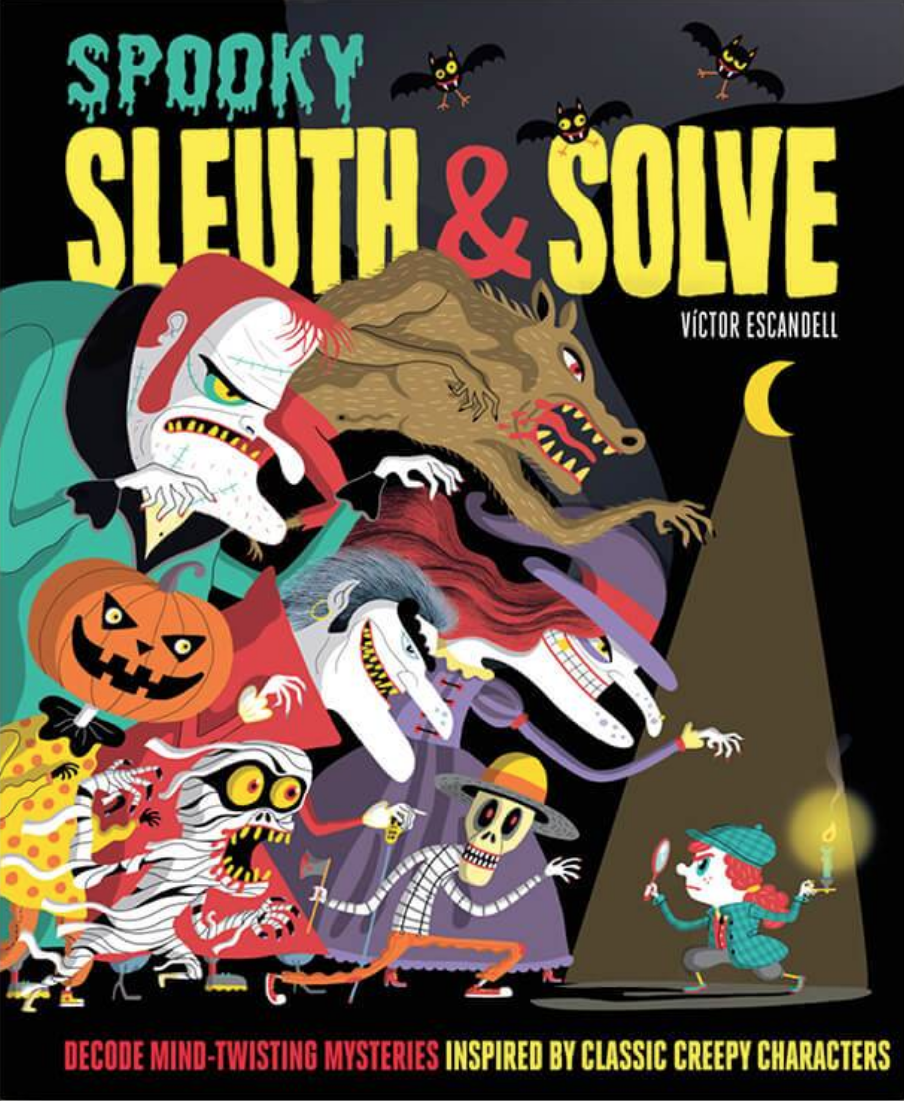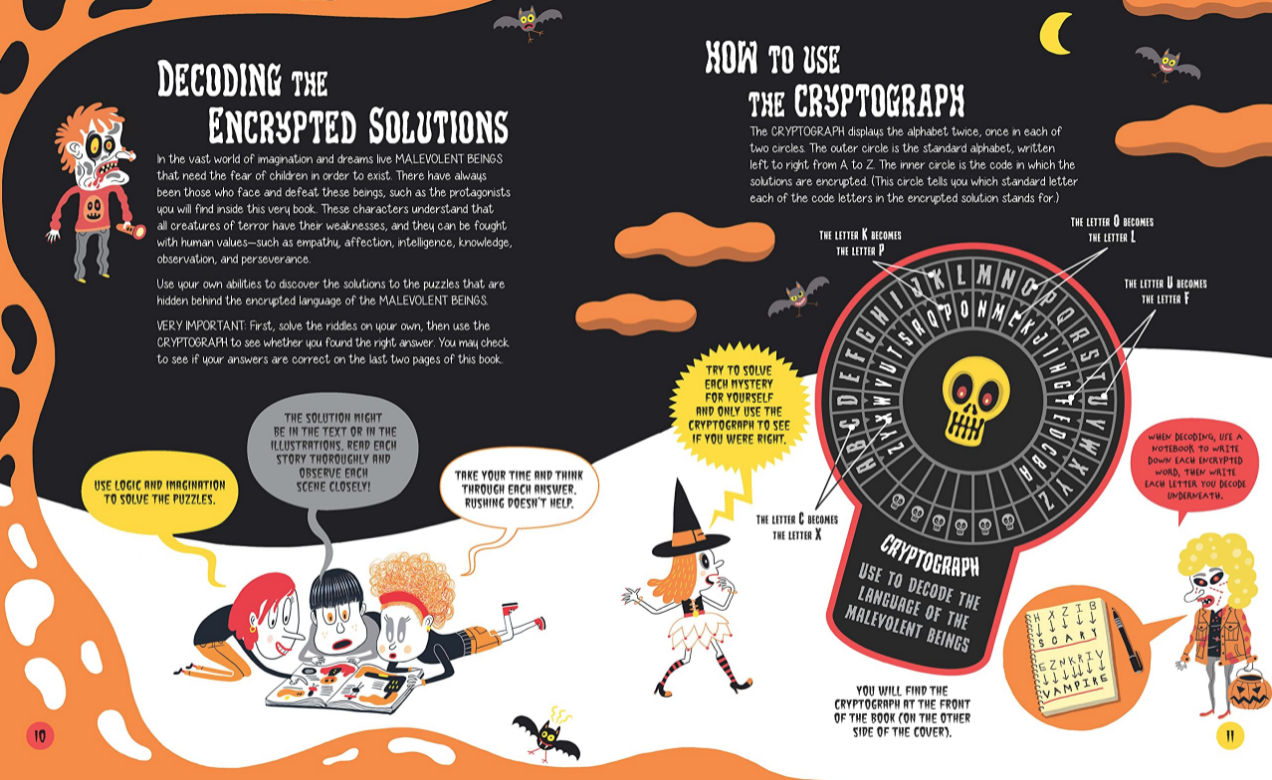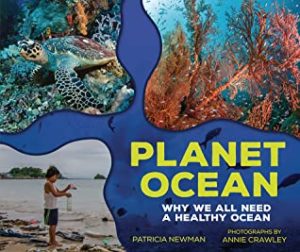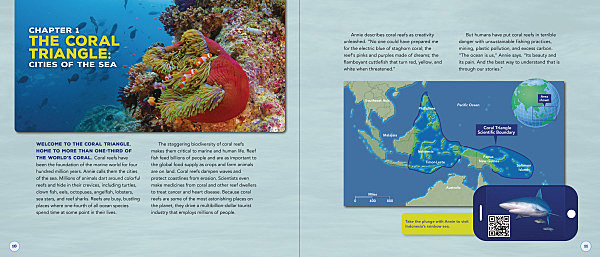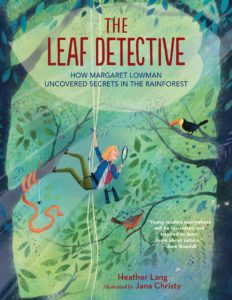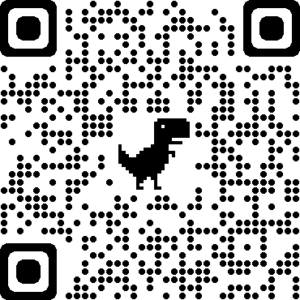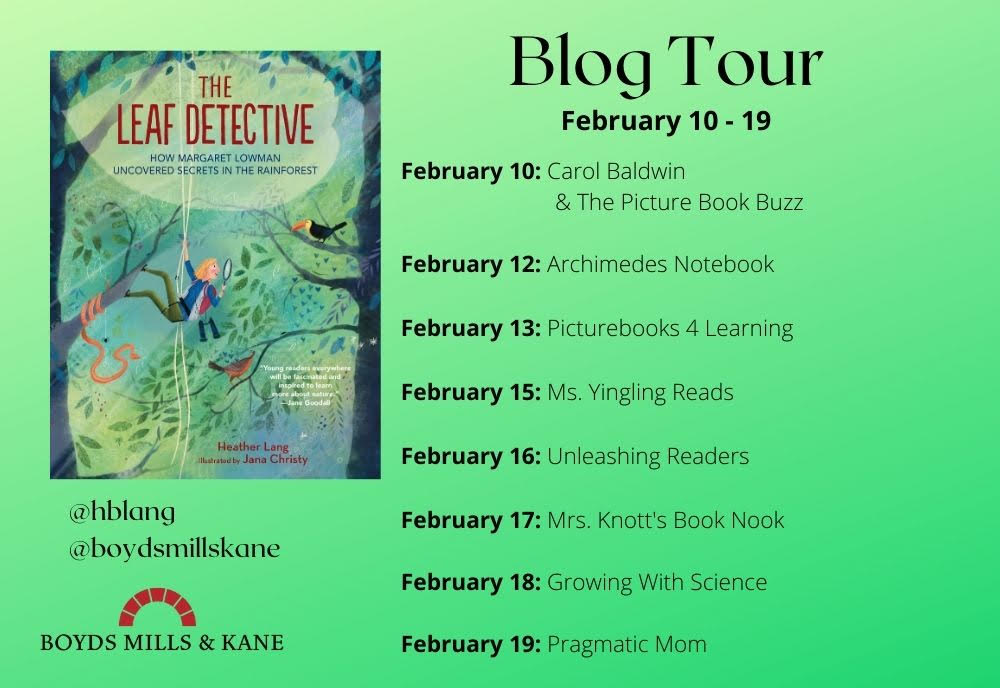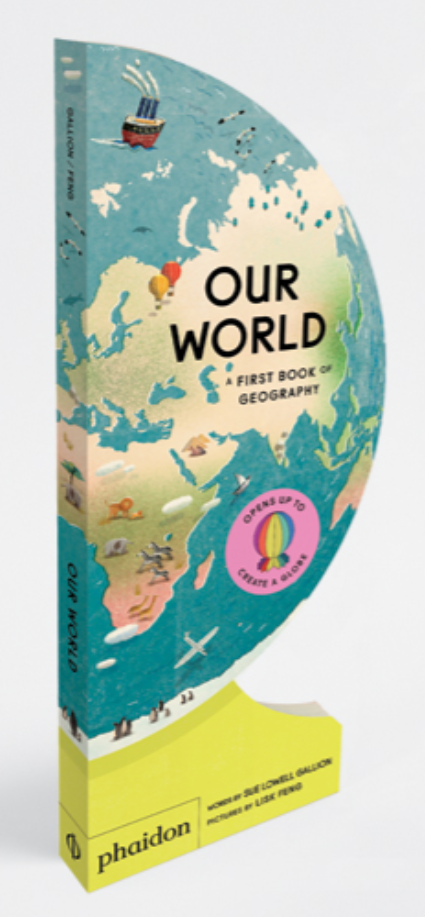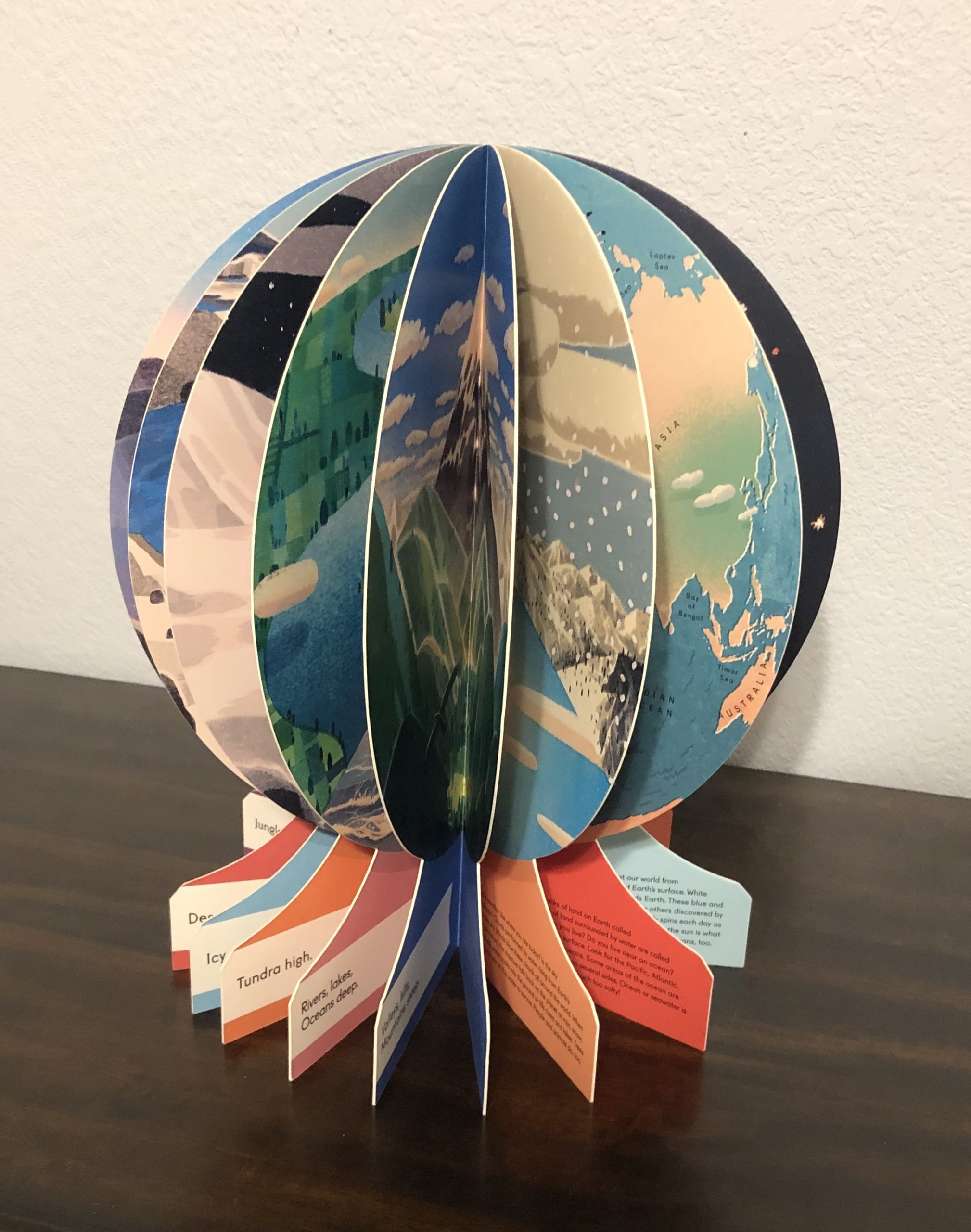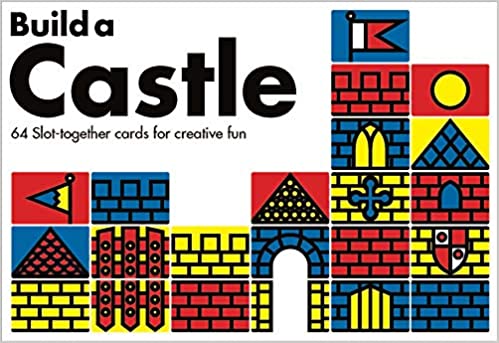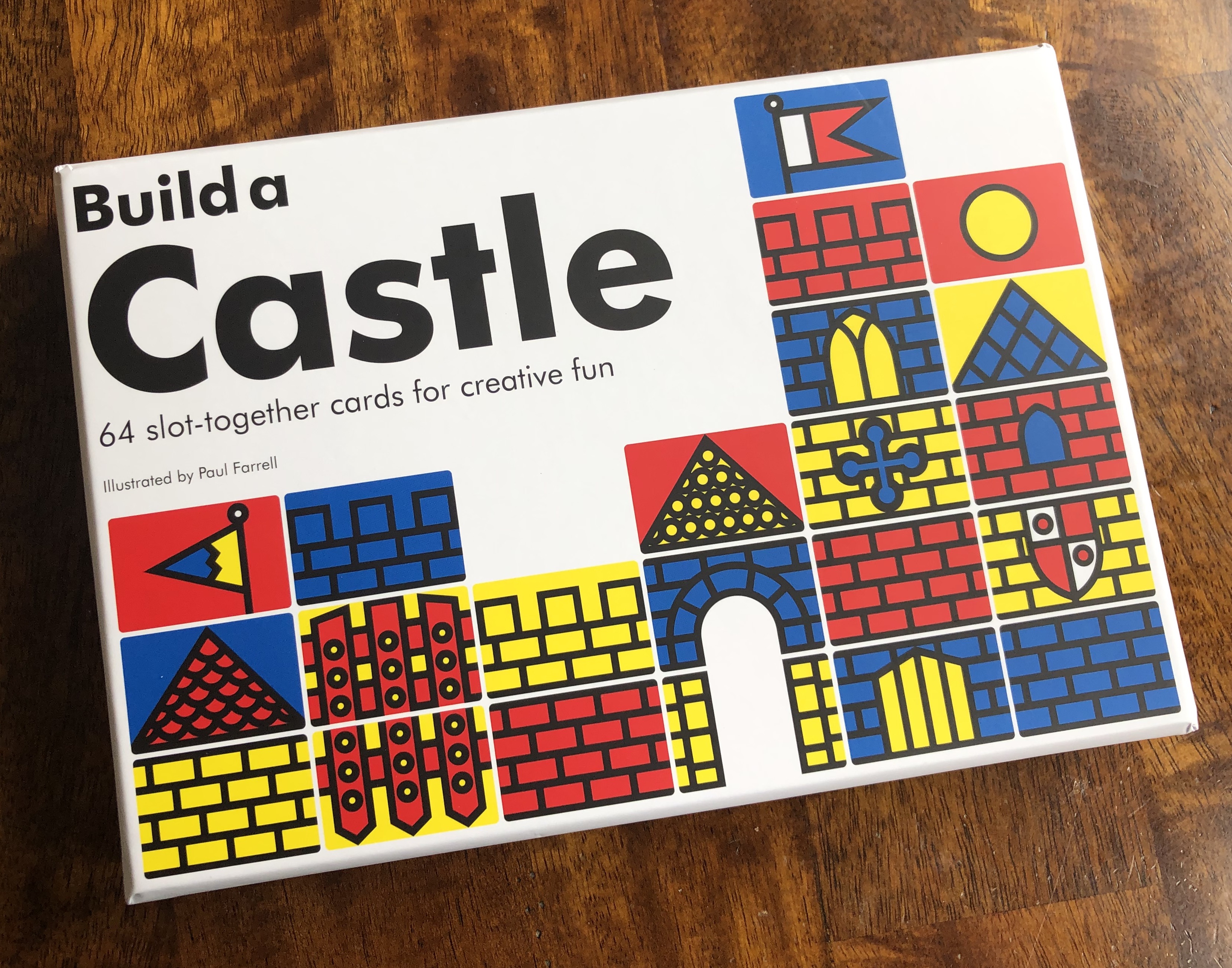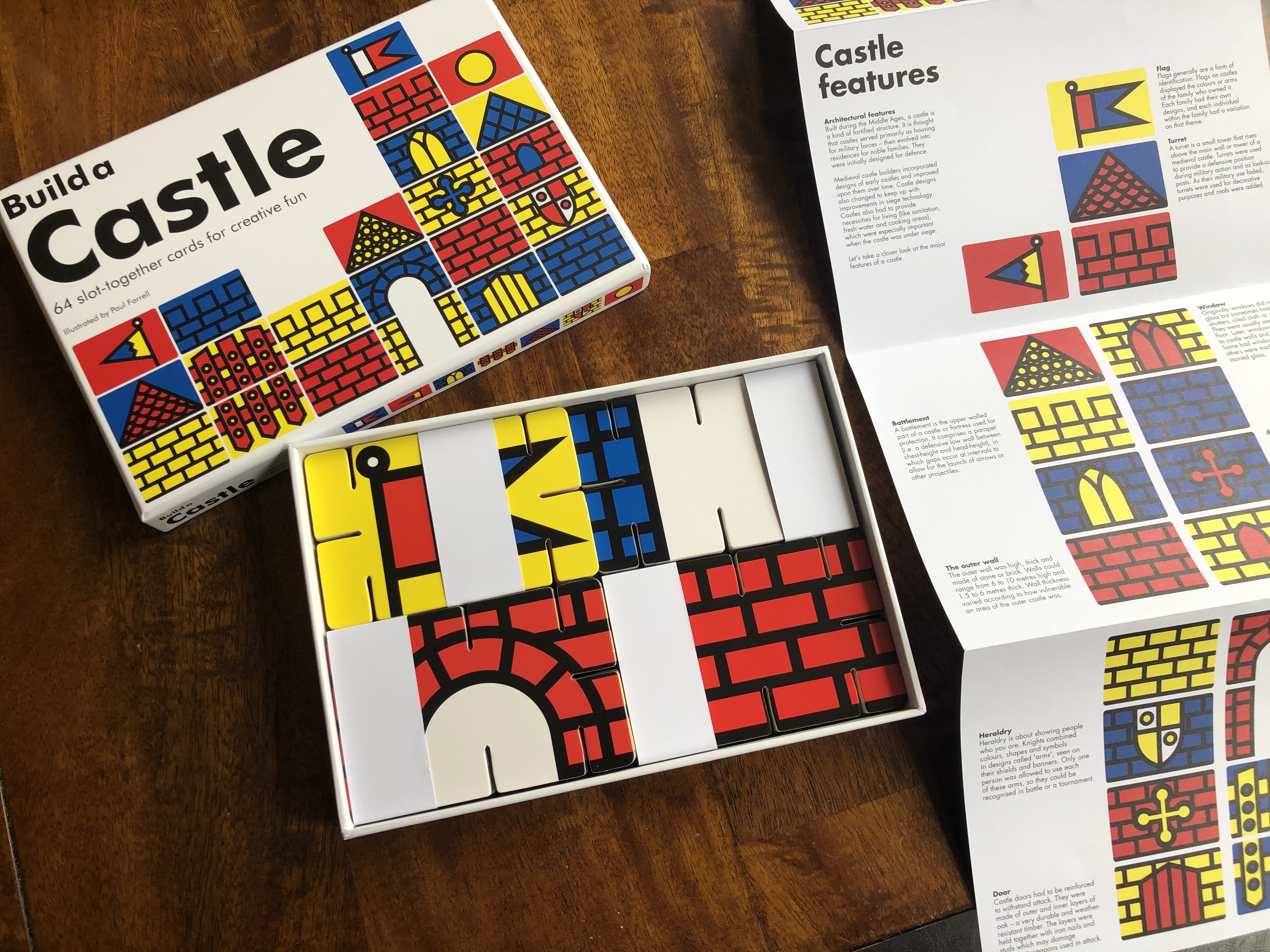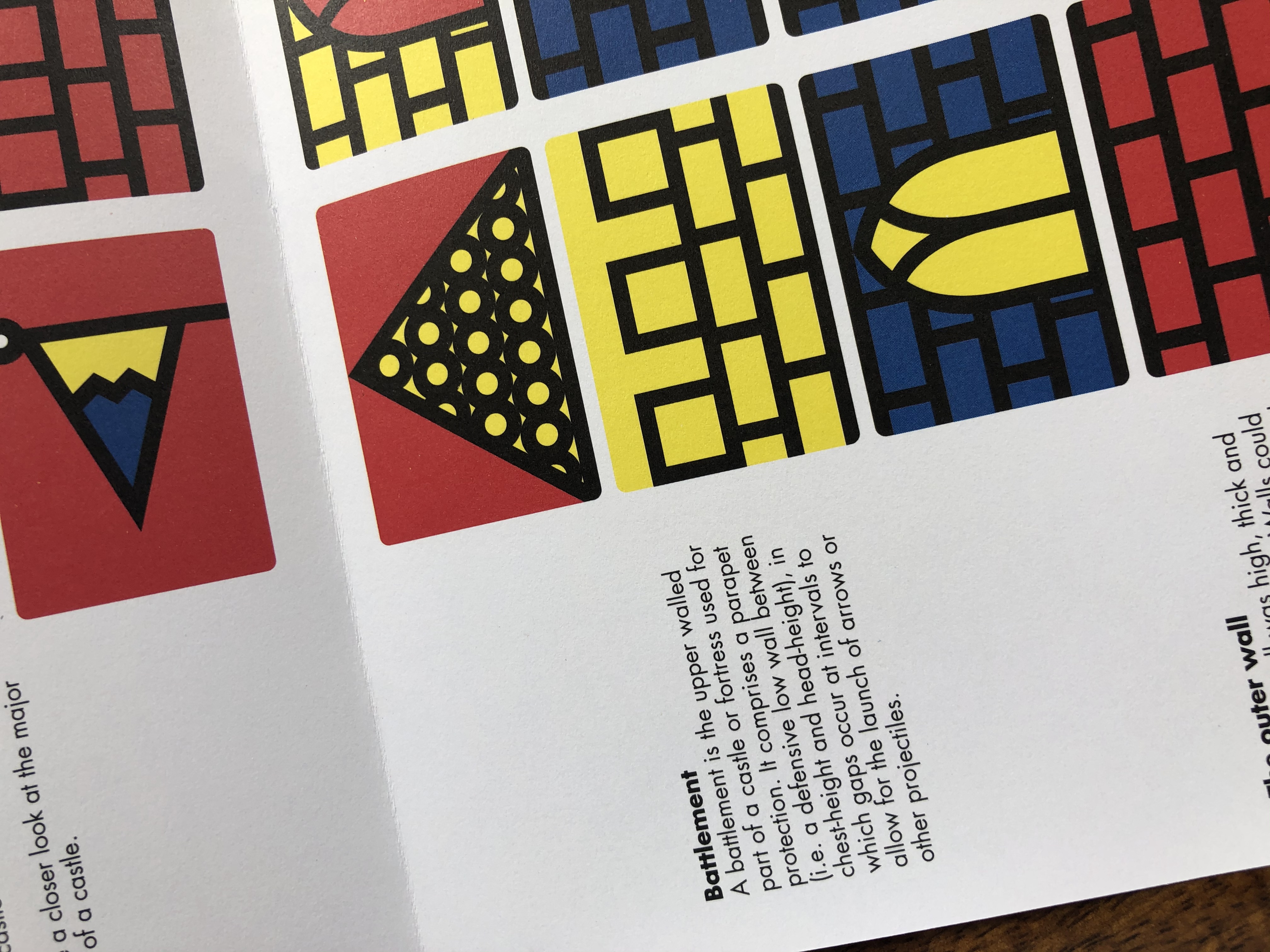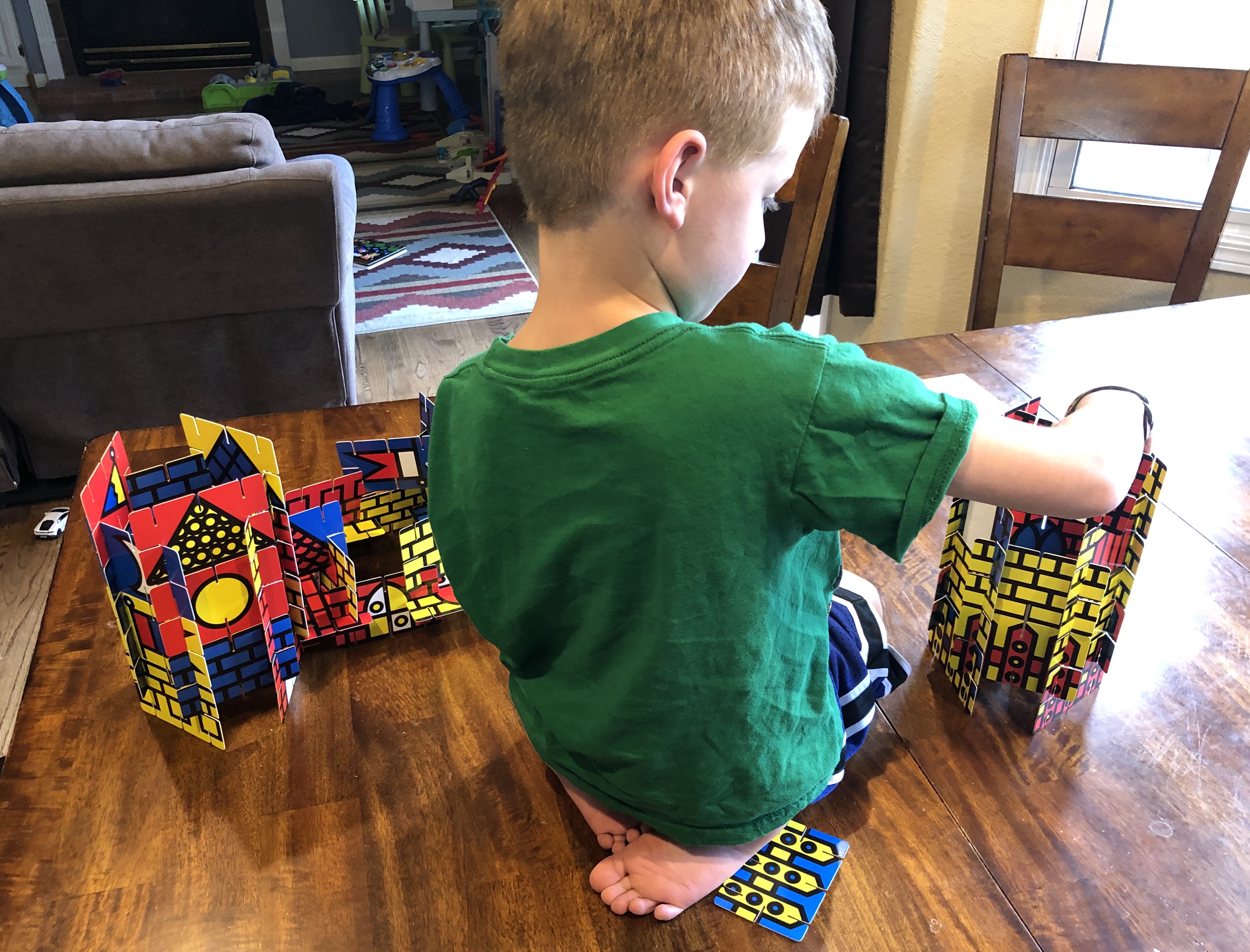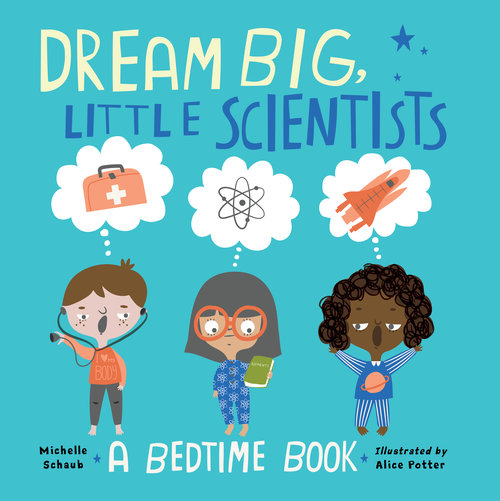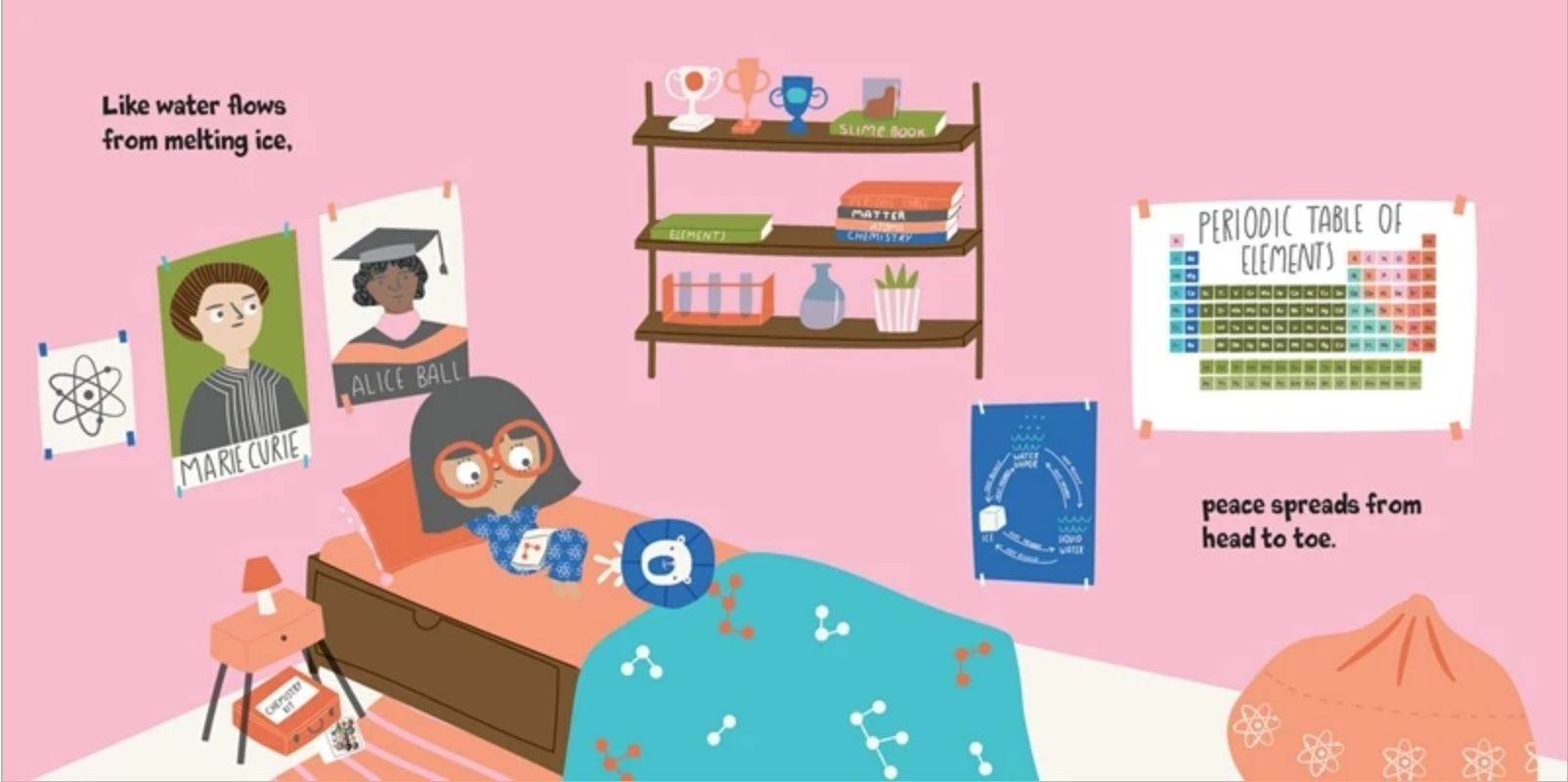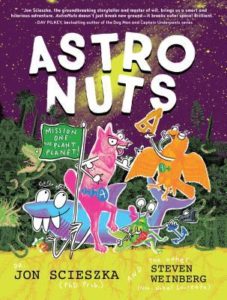Sleuth & Solve: Spooky: Decode Mind-Twisting Mysteries Inspired by Classic Creepy Characters: What Will You Find?
Published: August 24, 2021 by Chronicle
Summary: Test your wits in this creepy collection of horror-themed mini-mysteries, a follow-up to Sleuth & Solve!
How does one boy discover the lair of Frankenstein’s monster? What is the identity of the werewolf who torments an isolated village? And how do two sisters escape the vengeful Loch Ness Monster?
Welcome to the world of Sleuth & Solve: Spooky, where creepy clues are hidden in every detail and clever twists put your wits to the test. These mind-bending mini-mysteries inspired by classic creepy characters feature familiar fiends as well as terrifying new tales of ghosts, witches, and more! Solving this suite of spooky puzzles takes keen observation, strong logic, and lots of creative thinking. Play solo or with friends, collecting points as you crack each compelling case, decode the solution using a clever cryptograph, and reveal whose sleuthing skills reign supreme!
SCARY STORIES ARE IRRESISTIBLE: From monster-themed birthday parties to Dungeons & Dragons, Stranger Things, and Monsters, Inc., it’s clear that readers of all ages have a perennial predilection for all things monstrous and scary. These tales are perfect for reading alone or together, under the covers or in the dark, around the crackling of a campfire . . . as long as you can crack the case before it’s too late. BOO!
EVERYONE LOVES A GOOD MYSTERY: From Encyclopedia Brown to Sherlock Holmes to Clue, mysteries transfix, engage, and entertain! Following the previous two books in the Sleuth & Solve series, this latest smart, age-appropriate take on mysteries for kids will quickly become a family favorite.
A-GAME-IN-A-BOOK: This engaging narrative formula incorporates both a game (players earn points for discerning each answer) and an opportunity to decrypt and decode the clever solutions to each puzzle, adding opportunities for interactivity and upping the stakes of the reading experience.
REINFORCES LOGICAL REASONING SKILLS: These clever mysteries are solved by way of deduction, inference, and logical reasoning, all of which are critical thinking skills crucial to young readers’ intellectual development both in and outside of the classroom.
IDEAL FOR RELUCTANT READERS: With a comic-esque style, unique narrative approach, quirky scenarios, and a compelling mystery/”scary stories” theme, this book packs loads of reluctant reader appeal.
Review: This is a great book for elementary and middle schoolers (or kids/adults of all ages!). I did it with my sons, and they both had a great time decoding the riddles and figuring out the puzzles. We spread out the reading of this book across many days, and we did a section each day. It made for a delightful, connected experience. This is a book that offers so many things at once. It includes a mystery that begs to be solved and a really neat cryptograph (that kids can write secret messages outside of the reading of the book!). The author offers advice for making the reading even spookier (reading at night with a flashlight!). After reading this one, we want to check out the other Sleuth & Solve stories!
Teachers’ Tools for Navigation: This is a fantastic book to have at a table in the classroom for fast finishers. Kids will be engrossed in decoding the riddles! They don’t need to read/decode them all at once, so this offers many opportunities for working on these while waiting for peers to finish working.
Discussion Questions: Which was your favorite riddle to solve? Who was your favorite character? Which story was your favorite? What creative text features did the author use in this book?
We Flagged:
Read This If You Love: Spooky stories; Activity Books; Brain-teasers; Decoding; Riddles
Recommended For:
**Thank you to Eva at Chronicle for providing a copy for review**
